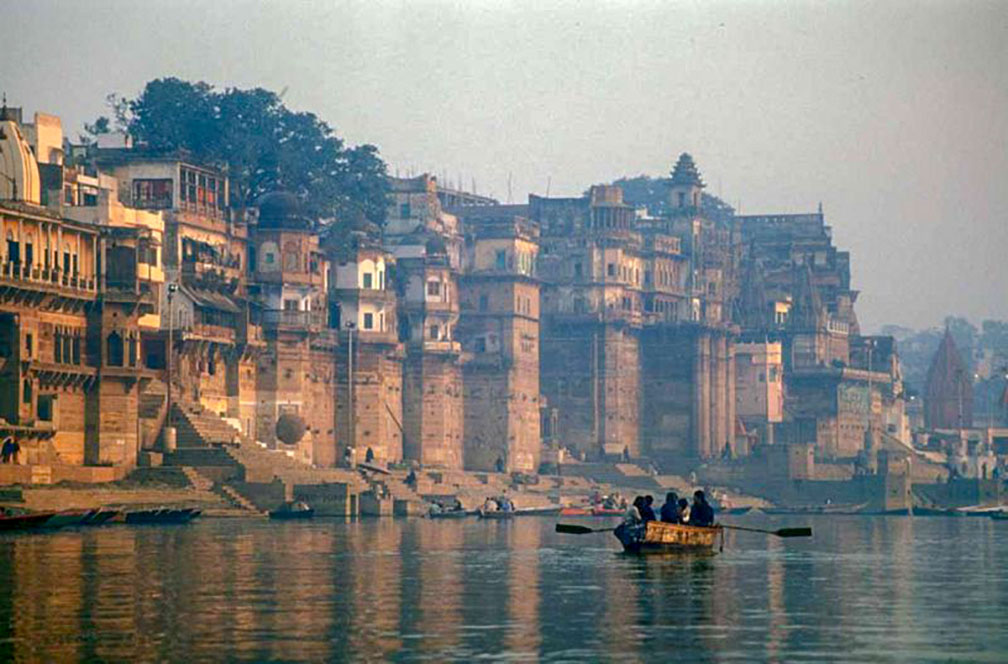According to a study conducted by the National Travel and Tourism Board. Domestic tourism increased by 27% in Uttar Pradesh in the fiscal year 2021–2022 compared to the prior year. Uttar Pradesh became the second-largest contributor to the country’s entire domestic tourist activities. Coming in second only to accounting for more than 16% of the national market. In comparison to 8.6 crore visitors in 2020–21, 10.9 crore people visited UP in 2021–22.
The state was included in the top ten states for international visitor arrivals in 2021. UP came in sixth place in the category and accounted for nearly 4% of the international visitors. Industry leaders and representatives from the state tourist agency.
Within a few years, according to tourism department officials Uttar Pradesh would overtake all other domestic travel destinations. Mukesh Meshram, senior secretary for tourism, listed the causes. Saying that while the Kashi Vishwanath Corridor has become a pilgrimage hotspot. The Ram Temple in Ayodhya would overtake it as the next major attraction.
The city’s tourist amenities are also getting a major makeover
In order to provide his experience to the state government, Prateek Hira, a sector specialist selected as a member. The tourism & medical value travel committee. He stated, “In India, pilgrimage drives the domestic tourist business. Additionally, Uttar Pradesh is a natural draw because it is the birthplace of Ram and Krishna. The weekend pilgrimage business in UP is being fueled by improved air and road connections. It will undoubtedly grow in the coming years.
Both lawmakers also mentioned that the Uttar Pradesh government is developing a new regulatory framework. To improve the state’s tourism sector, as the government sees tourism as a crucial contributor. The state’s goal of becoming a trillion-dollar economy.
Their planned model strategy has a broader scope, which will allow smaller players a chance. Additionally, it suggested granting industrial status to initiatives in the tourist sector. Which is frequently referred to as an investment magnet. Further, a district-level network for the coordination and marketing of tourism was developed.


